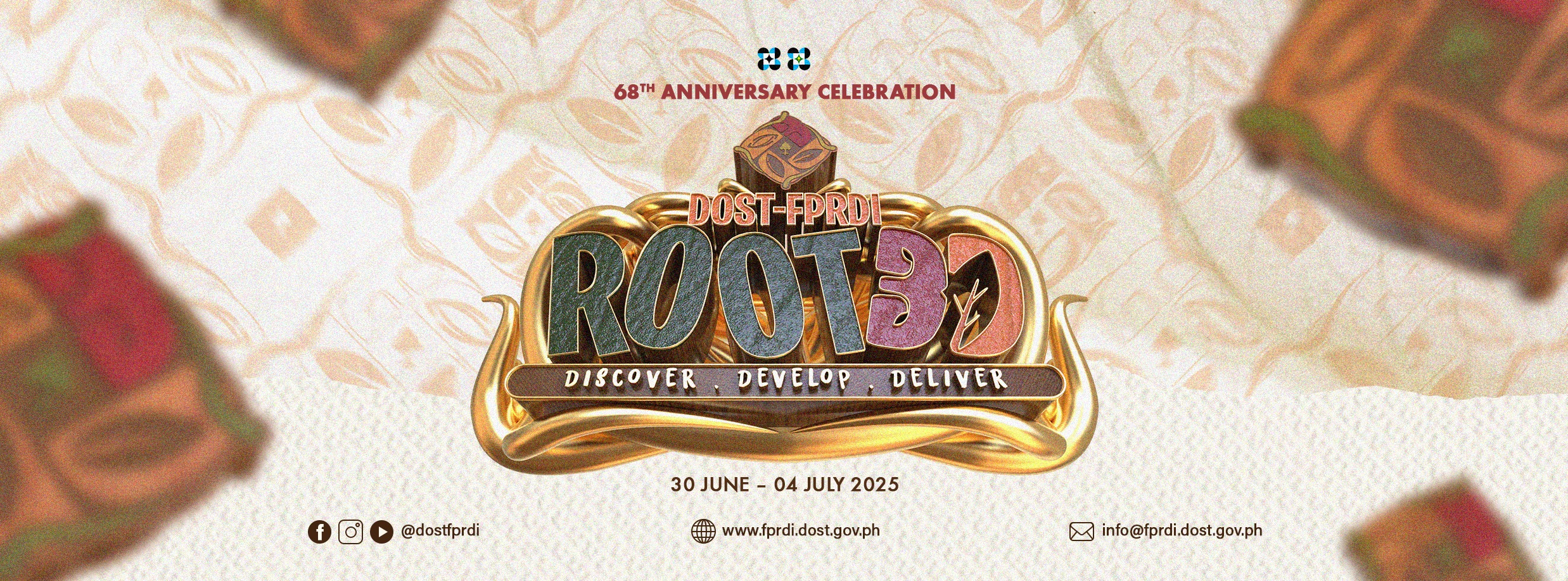Furniture makers and designers may soon be able to take advantage of promising color patterns created from thermally modified (TM) and hot oil-treated (HOT) bamboo.
The DOST-Forest Products Research and Development Institute (DOST-FPRDI) and the Rizal-based Focolare Carpentry recently developed several furniture models made from TM and HOT kauayan-tinik and giant bamboo. The prototypes included a dining set, TV stand with drawers, console table, construction items (stair tread and riser), and small handicrafts like tablet & cell phone stand with sound amplifier.
“Subjecting bamboo to thermal modification and hot oil treatment can produce poles of varying shades — from light yellow-brown to almost black— which can accentuate furniture pieces. This color change cannot be done when chemical preservatives are used,” explained Dr. Juanito P. Jimenez, Jr., DOST-FPRDI Assistant Scientist.


Thermal modification or heat treatment is the process of subjecting natural materials like wood and bamboo to high temperatures to make them more stable and durable.

“TM uses high heat to alter the chemicals present in a piece of wood or bamboo, and eliminate the food supply of destructive insects and fungi. With the correct combination of heat and time of exposure, the right chemical changes take place. These make the material more dimensionally stable (more weather-proof, less prone to swelling and shrinking) and less appetizing to powder- post beetles and termites,” said Jimenez.
According to him, the bamboo poles were heat-treated using spent cooking oil at 175°C and 200°C both for 30 minutes. These were then processed into slats before gluing to form engineered bamboo boards.
The downside of TM, however, is that extremely high heat can affect the material’s strength and give it a darker color. “The trick is to find the mix of temperature and treatment time that will not substantially affect the strength of wood or bamboo. The color change, however, can be a good thing as it imparts on light-toned wood or bamboo the dark look of premium wood species such as narra, dao and rain tree,” Jimenez added.
Funded by the DOST’s Philippine Council for Agriculture, Aquatic and Natural Resources Research and Development (PCAARRD), the prototyping is part of a project that aims to determine TM and HOT bamboo’s workability in a factory setting. ### (Apple Jean C. Martin- de Leon & Rizalina K. Araral, 01 October 2021)











